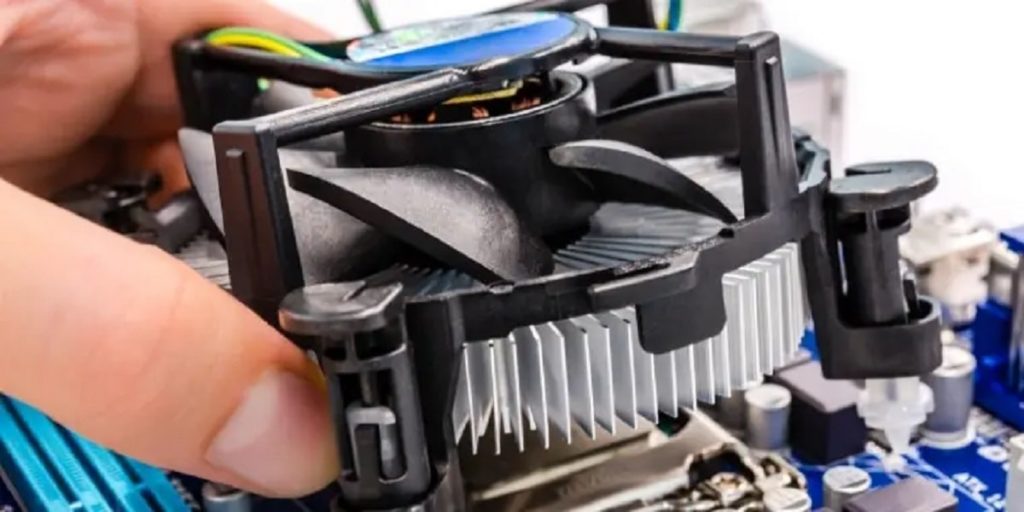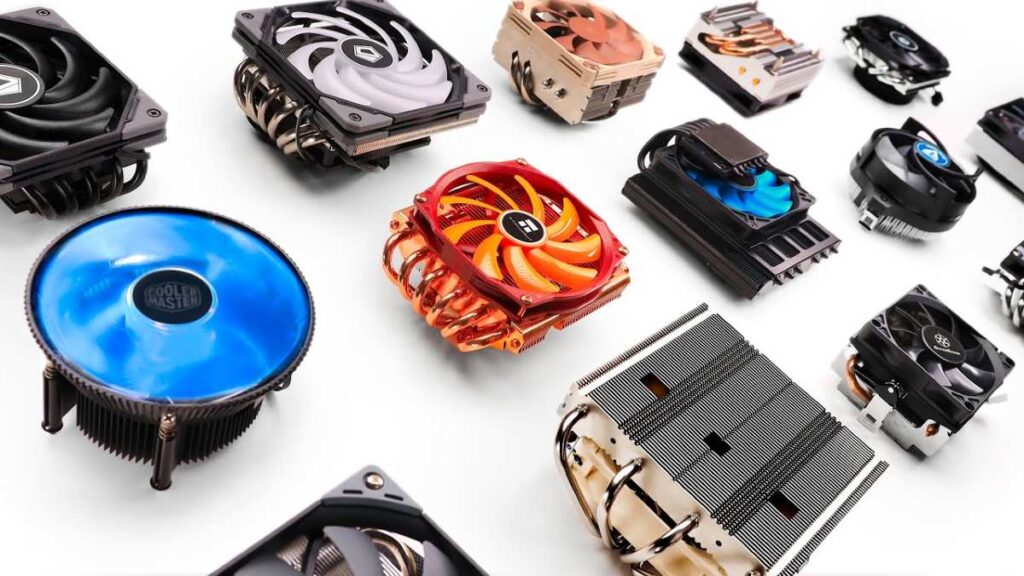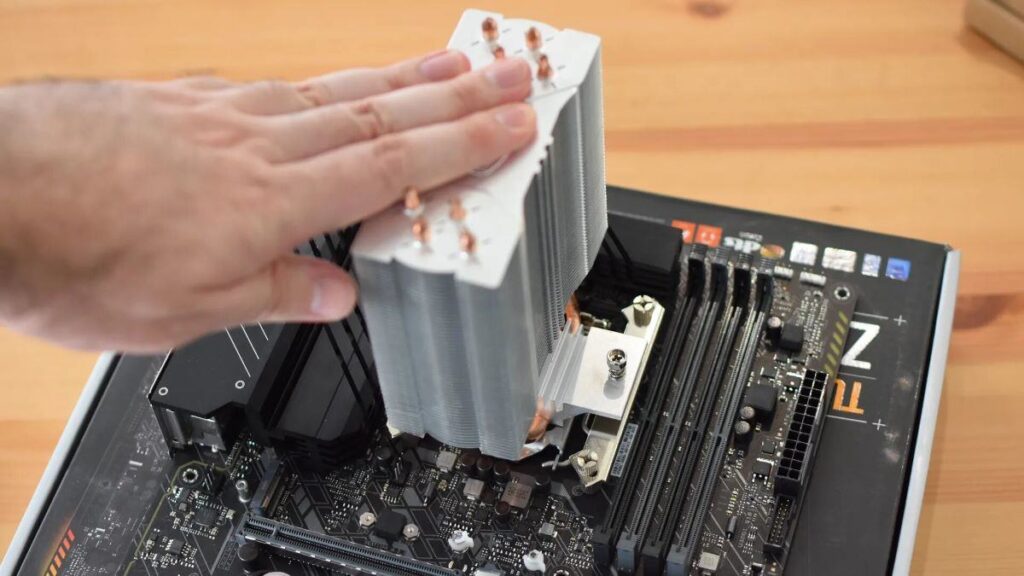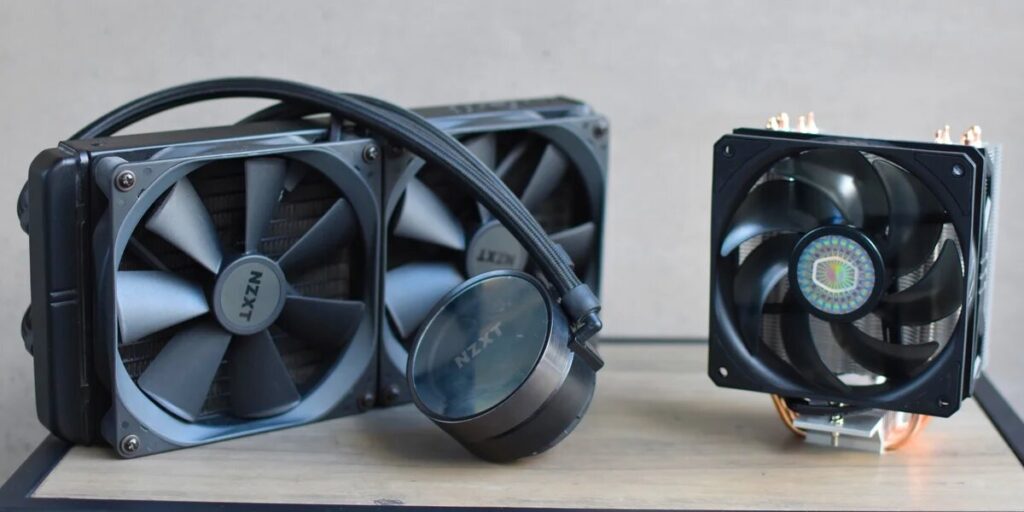Ensuring your CPU cooler is properly tightened is a critical step in keeping your computer running smoothly. The cooler’s job is to regulate the temperature of your CPU, and getting the tightness just right can significantly affect your system’s performance and longevity. But how tight is tight enough? Let’s break down the essentials.
“The CPU cooler needs to be tight enough to ensure full contact with the CPU for effective cooling, but not so tight that it risks harming the CPU or motherboard.”
In this article, we will explain the reasons “How Tight Should a CPU Cooler Be”. We will cover common settings, software, and hardware factors that can cause this.
Table of Contents
Why Proper CPU Cooler Tightness Matters

The tightness of a CPU cooler affects how efficiently heat is transferred from your CPU to the cooler. Too loose, and the heat won’t dissipate properly, leading to higher temperatures. Too tight, and you risk damaging your hardware. Striking the right balance is crucial for optimal performance.
Signs of a CPU Cooler Being Too Loose
When your CPU cooler isn’t tight enough, the thermal contact between the cooler and the CPU is poor. This means the heat from your processor won’t be effectively transferred to the cooler, causing the CPU to overheat. Over time, this can lead to throttling and reduced performance.
If the CPU cooler is too loose, it may not cool the CPU properly, causing overheating. This can harm the CPU or motherboard, causing system instability, lower performance, or even permanent hardware damage.
Signs of a CPU Cooler Being Too Tight
If the CPU cooler is too tight, it can put extra stress on the motherboard, bending or cracking it. This may cause electrical problems, system instability, or even permanent damage to the CPU or motherboard.
Excessive pressure on the CPU can lead to physical damage, especially if you’re using a cooler with a backplate. Over-tightening could crack the CPU or damage the socket.
Different Types of CPU Coolers

1.Air Coolers
Air coolers use fans and metal heatsinks to move heat away from the CPU, helping to maintain a safe temperature. They are affordable, easy to install, and suitable for most users. Air coolers provide reliable cooling for everyday tasks and moderate gaming or work, without needing complex setups..
2.Liquid Coolers
Liquid coolers use coolant to transfer heat away from the CPU. These often come with more sophisticated mounting systems, and their tightness is equally important for both the cooling performance and hardware safety.
3.Stock vs. Aftermarket Coolers
Stock coolers usually come pre-installed with your CPU, while aftermarket coolers are often chosen for better performance. Aftermarket options might require a different tightening approach depending on their size and design.
How to Measure CPU Cooler Tightness
The most straightforward way to tighten a CPU cooler is by using a screwdriver. Tighten the screws in a cross pattern and apply even pressure on all sides. Avoid overtightening by stopping as soon as you feel resistance.
Try a quick feel test: the cooler should stay firmly in place without any wobbling. If it feels excessively tight, you may have overdone it.
Always refer to the manufacturer’s guidelines for the proper torque specifications. This will give you a clear idea of how tight your cooler should be.
The Role of Thermal Paste
Thermal paste fills in the tiny gaps between the cooler and the CPU to improve heat transfer. An even application is critical, and tightening the cooler too much or too little can affect how well the paste spreads.
The tightness of the CPU cooler affects how well thermal paste spreads. If too tight, it can squeeze out the paste, reducing effectiveness. If too loose, the paste may not spread evenly, causing poor heat transfer and overheating.
Steps to Properly Tighten Your CPU Cooler

Tools Needed
- A screwdriver
- Thermal paste (if needed)
- Manufacturer’s mounting hardware
Step-by-Step Guide
- Apply thermal paste (if needed).
- Position the cooler over the CPU.
- Tighten screws in a cross pattern, applying equal pressure.
- Check for movement to ensure it’s secure but not overtightened.
Common Mistakes When Installing CPU Coolers
Over-tightening a CPU cooler can crack the CPU or motherboard, damage the thermal paste, and reduce cooling efficiency. This may cause overheating, system instability, and potential hardware failure. Proper tightness is essential.
Under-tightening a CPU cooler can reduce thermal contact, causing poor heat transfer and overheating. This could result in system instability and decreased performance. Ensuring the right tightness is essential for optimal cooling efficiency.
What Happens If You Don’t Get the Tightness Right?
An improperly tightened cooler can cause your CPU to overheat, which can reduce performance or even cause your system to shut down.
Incorrectly tightening a CPU cooler can lead to hardware issues. Over-tightening may crack the CPU or motherboard, causing potential damage.If too loose, it can lead to overheating. Both issues can damage the components and affect system stability and performance. Proper installation is essential.
How Tight Should an Air Cooler Be?
An air cooler should be tightened just enough to ensure good contact with the CPU without excessive force. Tighten it in a crisscross pattern to evenly distribute pressure and avoid damaging the CPU or motherboard. Check for secure fit but do not over-tighten.
When installing a CPU cooler, avoid over-tightening, which can damage the CPU or motherboard. Also, don’t under-tighten, as it can lead to poor heat transfer and overheating. Make sure the thermal paste is applied correctly and avoid using excessive force during installation.
How Tight Should a Liquid Cooler Be?
A liquid cooler should be tightened enough to create a solid connection between the cooler and the CPU, ensuring proper heat transfer. However, avoid using too much force, as this could damage the motherboard or CPU. Tighten the screws evenly and stop when you feel firm resistance.
Differences Between Air and Liquid Coolers

Liquid coolers employ liquid and radiators to dissipate heat, whilst air coolers utilize fans to cool the CPU. Air coolers are usually cheaper and simpler, but can be noisier. Liquid coolers are quieter and more efficient for high-performance systems but are more expensive and harder to install.
Manufacturer Recommendations and Why They Matter
Manufacturer recommendations are important because they ensure your CPU cooler is installed correctly and safely. These guidelines are based on testing, so following them helps avoid overheating, damage, or poor performance. Always check the instructions to make sure your cooler is tightened and installed as designed.
Adjusting Cooler Tightness Over Time
Your CPU cooler’s screws might come free over time as a result of movement or vibrations. It’s a good idea to check the cooler’s tightness every few months to ensure it remains secure. Adjust the tightness if needed to maintain proper contact between the cooler and the CPU for efficient cooling.
CONCLUSION
In conclusion, getting the right tightness for your CPU cooler is important for cooling and protecting your hardware. Avoid over-tightening to prevent damage, and don’t under-tighten to ensure proper heat transfer. Regularly checking and adjusting the cooler’s tightness helps keep your system running smoothly and efficiently.
FAQs
How tight should a CPU cooler be to avoid issues?
Too tight means you’re putting excessive pressure on the CPU or motherboard, which can cause damage. Stop tightening once you feel resistance.
What happens if I don’t tighten the CPU cooler enough?
If your cooler isn’t tight enough, your CPU might overheat, leading to performance issues or even damage.
Is there a difference between stock and aftermarket coolers in terms of tightness?
Aftermarket coolers often need more precise installation, but the general rule of not over-tightening applies to both.
Can tightening the cooler too much damage my CPU?
Indeed, excessive tightening may cause the CPU to break or harm the motherboard socket.
Do I need to adjust my cooler’s tightness over time?
It’s a good idea to check it occasionally, especially after moving your PC, as screws can loosen over time.


